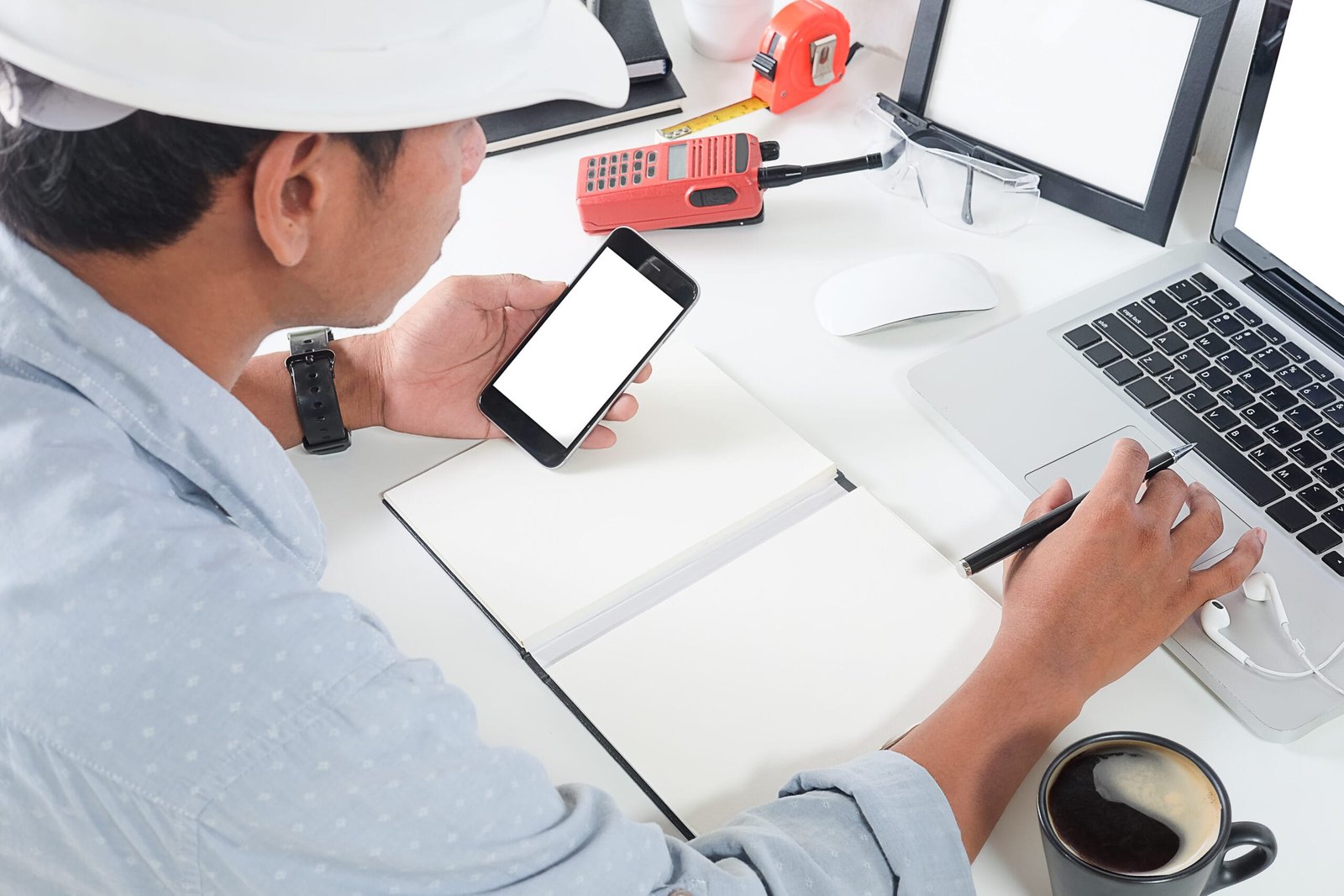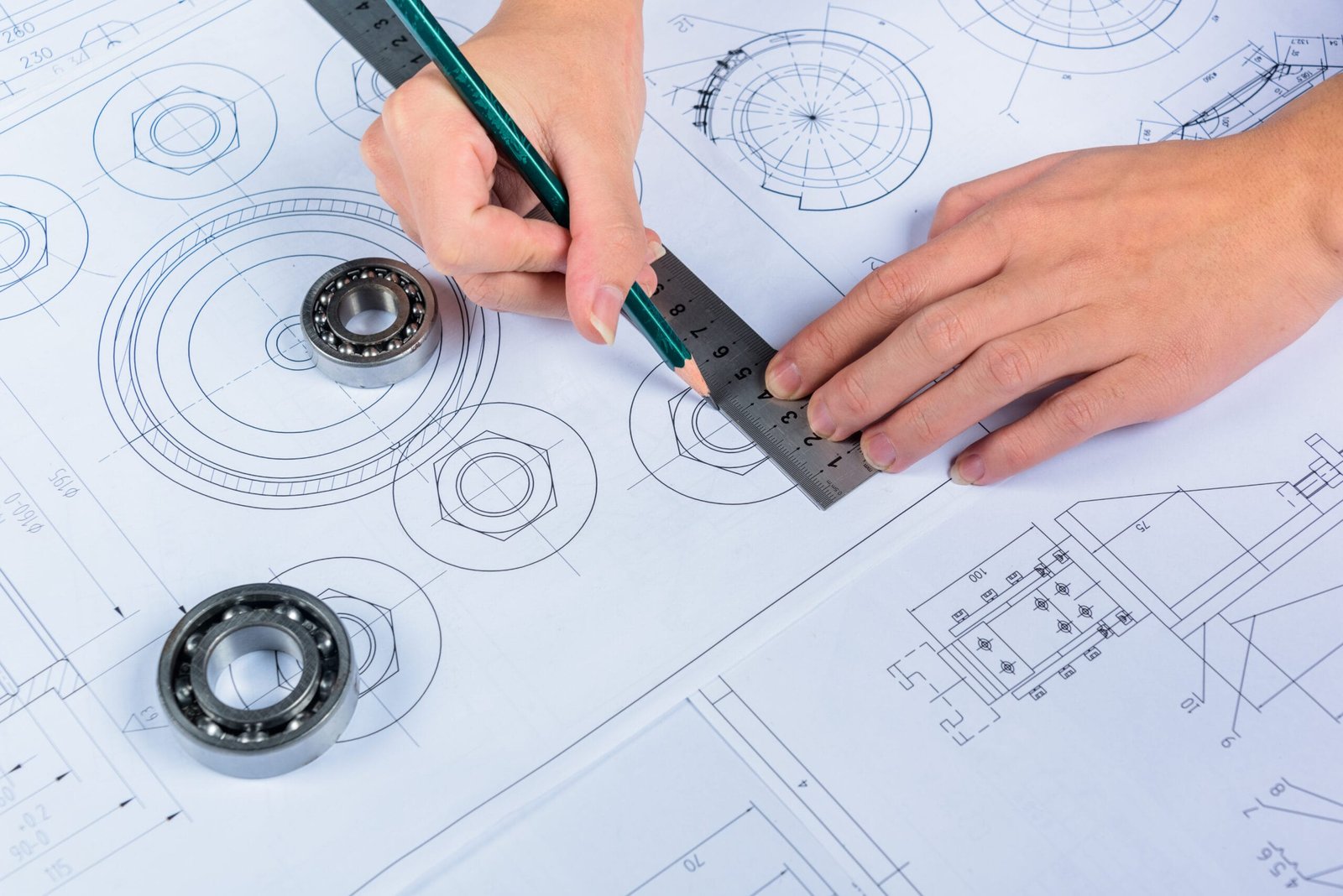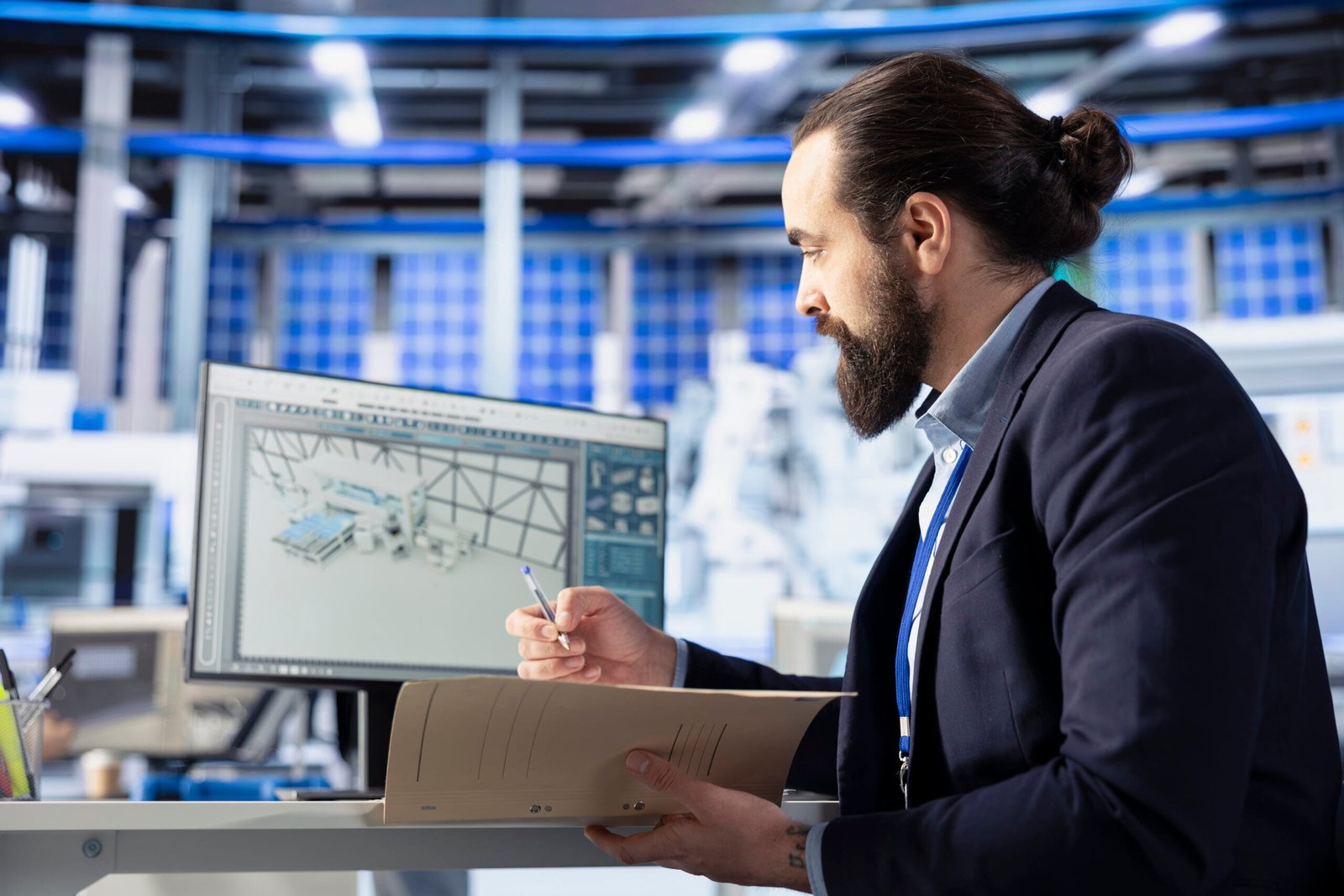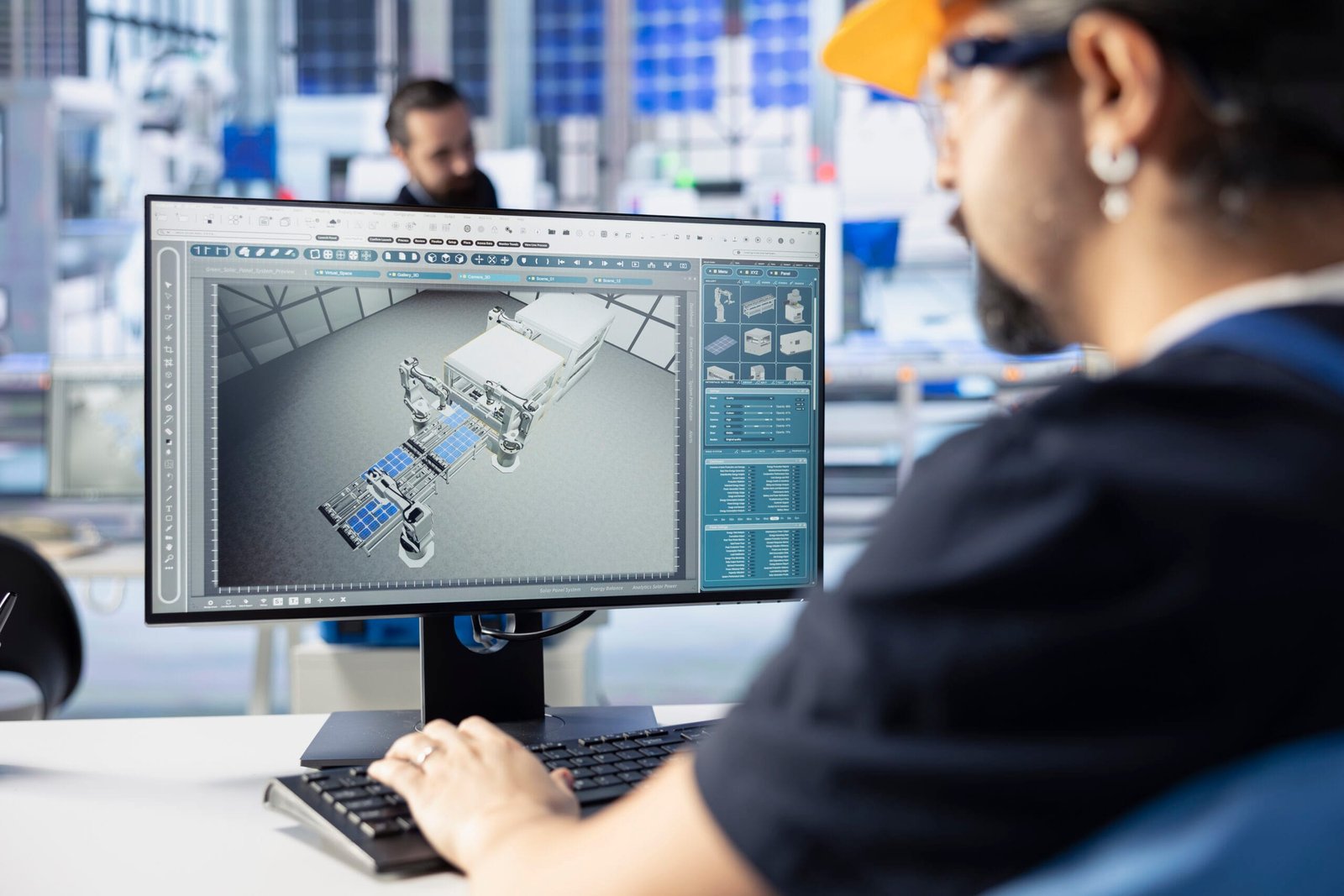In the fast-paced world of architecture and design, Current Trend in Architectural 3D Rendering is evolving at an unprecedented rate. Gone are the days when static images were the only means of showcasing a design concept. Today’s Current Trend in Architectural 3D Rendering landscape is characterized by interactivity, hyper-realism, and real-time feedback, making it an indispensable tool for architects, designers, and clients alike. In this blog post for DesignHok, we’ll explore the latest trends inCurrent Trend in Architectural 3D Rendering, the technologies driving these innovations, and how they’re reshaping the design process.
A New Era of Real-Time Rendering
One of the most significant shifts in architectural visualization is the move toward real-time rendering. Leveraging powerful game engines like Unreal Engine and Unity, designers can now produce high-quality renders instantly. This evolution has several benefits:
- Instant Feedback: Real-time rendering allows designers to see changes as they make them. Adjusting lighting, materials, or camera angles in real time enables quicker iterations and more dynamic presentations.
- Interactive Walkthroughs: Clients can explore a virtual environment, moving through spaces as if they were physically present. This level of interactivity helps in understanding spatial relationships and design flow.
- Reduced Turnaround Times: By eliminating lengthy post-production processes, real-time rendering accelerates project timelines, allowing for faster decision-making and approvals.
Real-time rendering is not just a technological upgrade; it’s a transformative approach that bridges the gap between design and experience.
The Rise of Artificial Intelligence in Rendering
Artificial Intelligence (AI) is making its mark on Current Trend in Architectural 3D Rendering by automating and enhancing various aspects of the process:
- Intelligent Material Assignment: AI-driven tools can analyze a model and suggest or automatically apply appropriate materials and textures. This ensures consistency and saves designers valuable time.
- Noise Reduction and Upscaling: Modern AI algorithms can reduce render noise and upscale images without losing detail. This means you can achieve higher quality renders faster, even with lower initial sample counts.
- Predictive Lighting Adjustments: AI can simulate how natural and artificial light interact with different materials throughout the day, offering more accurate lighting scenarios without exhaustive manual tweaking.
With AI, the rendering process becomes more efficient, allowing architects to focus on creativity and design innovation rather than getting bogged down by technical details.
Embracing Virtual and Augmented Reality
Virtual Reality (VR) and Augmented Reality (AR) are no longer futuristic concepts—they are now integral parts of the design presentation. These immersive technologies allow clients to engage with a design on a whole new level:
- Virtual Reality: VR headsets provide a fully immersive experience, letting users step into a digital replica of their future space. This technology is particularly useful in large-scale developments or when showcasing the interplay between indoor and outdoor environments.
- Augmented Reality: AR overlays digital elements onto the real world through smartphones or tablets. It allows clients to visualize how certain design elements or furniture pieces will look in an existing space, bridging the gap between digital concepts and real-life applications.
- Enhanced Client Communication: By experiencing a design in 3D space, clients can better understand the vision and provide more informed feedback, ultimately leading to a more refined final product.
Both VR and AR are enhancing client engagement and collaboration, making them powerful tools in the modern architect’s arsenal.
Cloud Rendering and GPU Acceleration
The growing demand for higher resolution and more complex scenes has spurred the adoption of cloud-based rendering solutions and GPU acceleration:
- Scalability: Cloud Current Trend in Architectural 3D Rendering platforms allow designers to tap into virtually unlimited computing power. This means that even the most complex scenes can be rendered quickly without investing in expensive hardware.
- Collaborative Workflows: Cloud solutions facilitate easier sharing and collaboration among team members, regardless of geographic location. Multiple stakeholders can access the same project, making real-time modifications and reviews a breeze.
- Faster Rendering Times: Leveraging the power of modern GPUs, rendering times have decreased significantly. GPU acceleration has made it possible to produce photorealistic images with advanced lighting and texture details in a fraction of the time required by traditional CPU rendering.
By harnessing the power of cloud computing and GPU acceleration, Current Trend in Architectural 3D Rendering is becoming more efficient and accessible than ever before.
Photorealism Through Physically Based Rendering
Photorealism remains a core objective in architectural visualization, and physically based rendering (PBR) is at the forefront of achieving it:
- Accurate Light Simulation: PBR techniques mimic the behavior of light in the real world, leading to more accurate reflections, refractions, and shadows. This results in renders that are nearly indistinguishable from real photographs.
- Material Realism: By accurately simulating material properties like roughness, metallicity, and subsurface scattering, PBR ensures that surfaces behave as expected under various lighting conditions.
- Consistent Results: Because PBR is grounded in real-world physics, it provides consistent results across different scenes and lighting environments, making it easier for designers to achieve a uniform look throughout a project.
The drive for photorealism through PBR not only enhances visual quality but also builds greater trust with clients, who can see a true-to-life representation of the finished project.
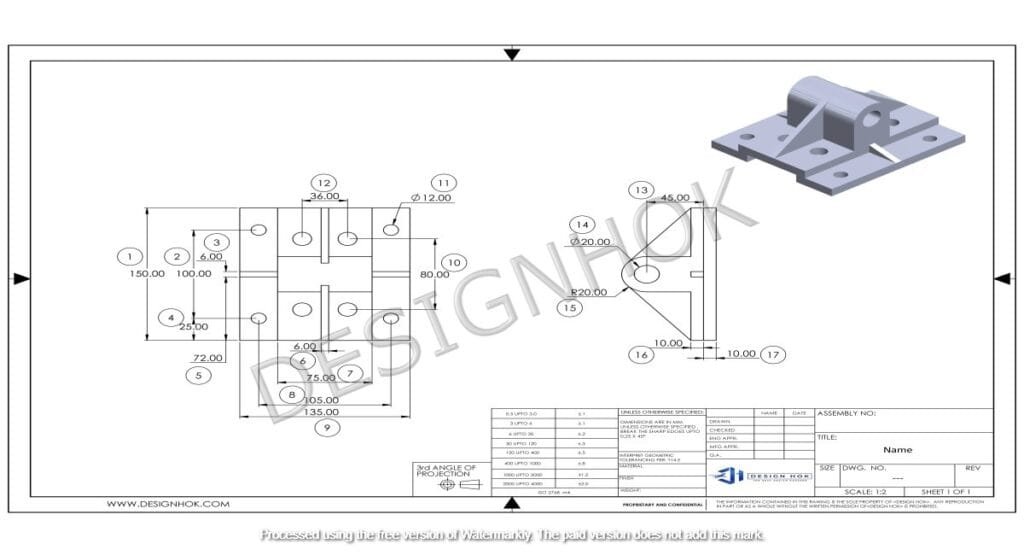
Interactive and Immersive Experiences
The trend toward interactivity is not limited to real-time rendering; it’s also transforming how clients interact with designs:
- Interactive Presentations: Modern software now allows for interactive presentations where clients can modify parameters like color schemes, material finishes, and furniture layouts on the fly. This collaborative process leads to designs that are more closely aligned with client preferences.
- Dynamic Environments: Designers can create environments that react to user inputs. For example, changing the time of day in a virtual walkthrough can show how natural light affects the interior space, offering deeper insights into the design’s functionality.
- Augmented Data Visualization: Integrating data such as energy consumption, thermal performance, or acoustic properties into the 3D model helps clients understand the practical implications of design choices.
These interactive experiences are making architectural presentations more engaging and informative, ultimately leading to better design outcomes.
Sustainability and Energy Efficiency in Visualization
As sustainability becomes a priority in the building industry, Current Trend in Architectural 3D Rendering is also evolving to incorporate environmental considerations:
- Green Building Simulations: Renderings can now simulate energy usage, daylight penetration, and thermal performance, providing a holistic view of a building’s sustainability.
- Material Impact: Advanced Current Trend in Architectural 3D Rendering techniques allow for the visualization of eco-friendly materials and sustainable design practices, which is crucial for projects aiming for certifications like LEED or BREEAM.
- Optimizing Natural Light: By accurately modeling how sunlight interacts with a building’s design, architects can optimize window placements and shading systems, enhancing both energy efficiency and occupant comfort.
This trend toward sustainable visualization reflects a broader industry commitment to environmentally responsible design practices.
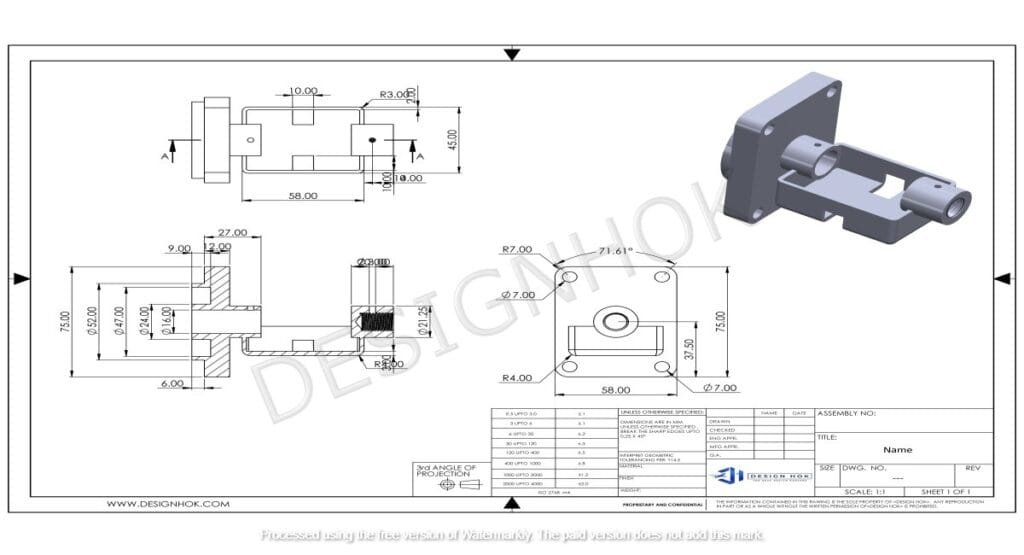
Looking Ahead: The Future of Current Trend in Architectural 3D Rendering
The future of architectural 3D rendering is poised to be even more exciting. As technology continues to evolve, we can expect:
- Increased Integration of AI: More sophisticated AI tools will further streamline the rendering process, making photorealistic outputs more accessible.
- Enhanced Collaboration Tools: The evolution of cloud-based platforms will continue to break down geographical barriers, fostering global collaboration.
- Greater Customization: As rendering software becomes more intuitive, designers will have greater flexibility to tailor visualizations to specific client needs, creating bespoke experiences that are both immersive and informative.
In this rapidly changing landscape, staying current with these trends is not just about adopting new technologies—it’s about reimagining the design process to create environments that are as engaging as they are functional.
Conclusion
Current Trend in Architectural 3D Rendering is at a pivotal point in its evolution. With advancements in real-time rendering, AI integration, VR/AR technologies, and cloud-based solutions, the industry is witnessing a transformation that makes the design process more interactive, efficient, and immersive. These trends not only enhance the visual quality of architectural presentations but also improve collaboration and decision-making, ultimately leading to more successful projects.
For DesignHok and other design professionals, embracing these trends is key to staying competitive in an ever-changing market. As we continue to push the boundaries of what’s possible in architectural visualization, one thing is clear: the future of 3D rendering is bright, and it’s full of endless possibilities.
FAQ
Q1: What is real-time rendering, and why is it important in architectural visualization?
A: Real-time rendering allows designers to see immediate visual feedback as they modify their models. This is crucial for creating interactive walkthroughs, accelerating the design process, and enabling instant client feedback.
Q2: How is Artificial Intelligence changing the field of 3D rendering?
A: AI is automating tasks like material assignment, noise reduction, and predictive lighting adjustments. These advancements streamline workflows, improve efficiency, and help achieve higher quality renders faster.
Q3: What role do Virtual Reality (VR) and Augmented Reality (AR) play in architectural design?
A: VR and AR create immersive experiences that allow clients to explore digital environments interactively. VR provides fully immersive walkthroughs, while AR overlays digital models onto real-world settings, enhancing the understanding of design concepts.
Q4: What are the benefits of cloud rendering and GPU acceleration in 3D rendering?
A: Cloud rendering offers scalability, faster processing times, and easier collaboration by leveraging powerful remote servers. GPU acceleration significantly speeds up rendering times, making high-quality, photorealistic outputs achievable even for complex scenes.
Q5: How does physically based rendering (PBR) contribute to photorealism in architectural visualization?
A: PBR simulates real-world lighting and material behaviors, resulting in images that closely mimic actual photographs. It ensures consistent and accurate rendering of materials and lighting, which is key to achieving photorealism.
Q6: What trends should architects and designers watch for in the future of 3D rendering?
A: Future trends include further AI integration, enhanced collaboration through cloud platforms, more customizable interactive experiences, and a continued focus on sustainable design visualization.


